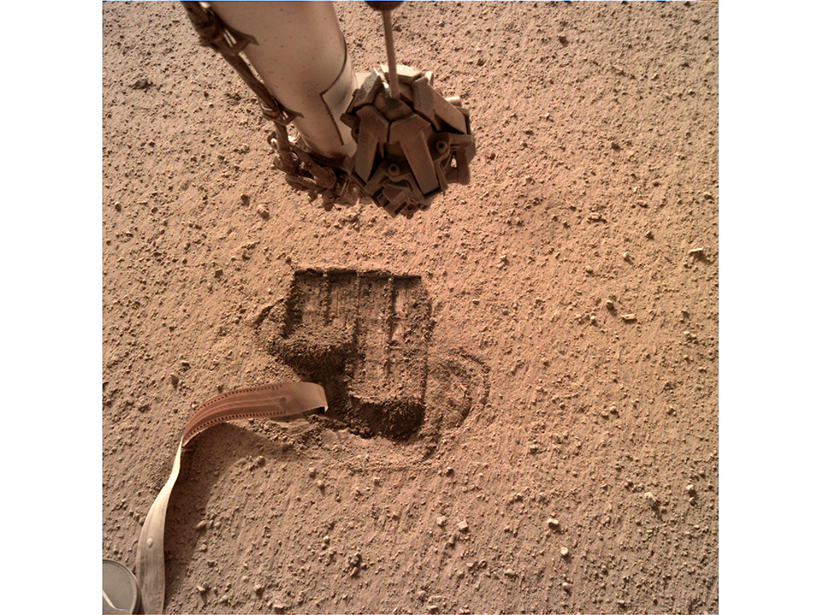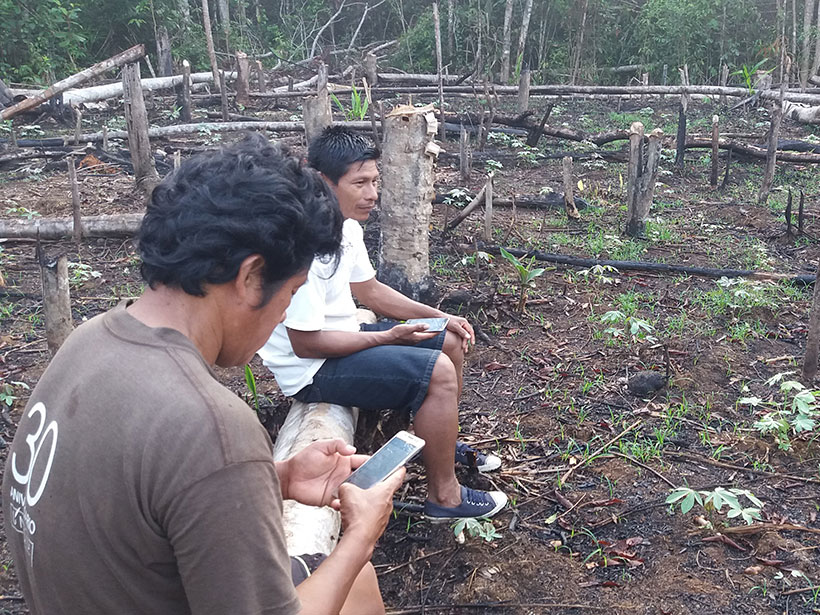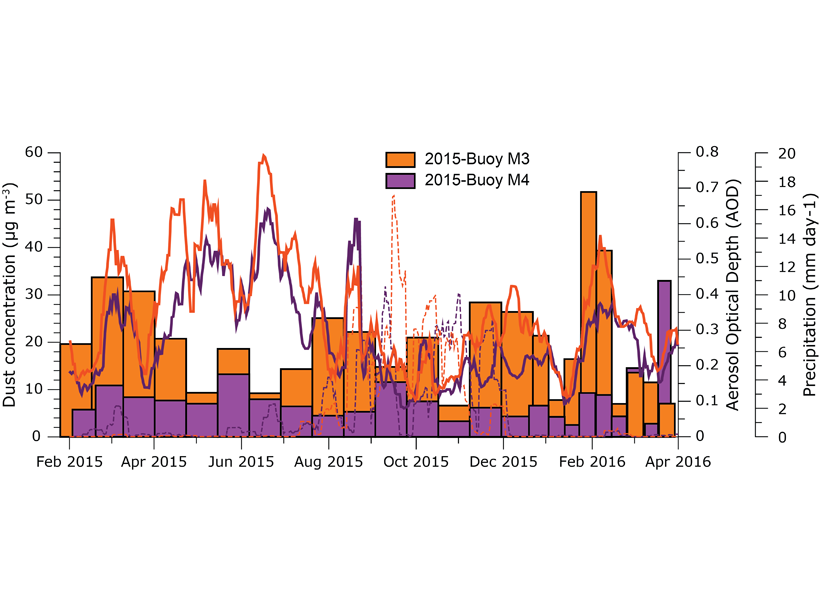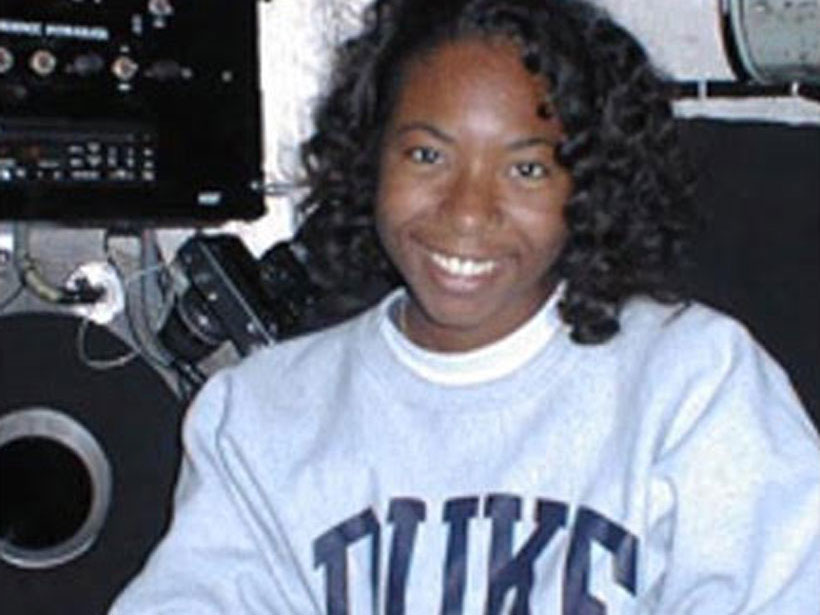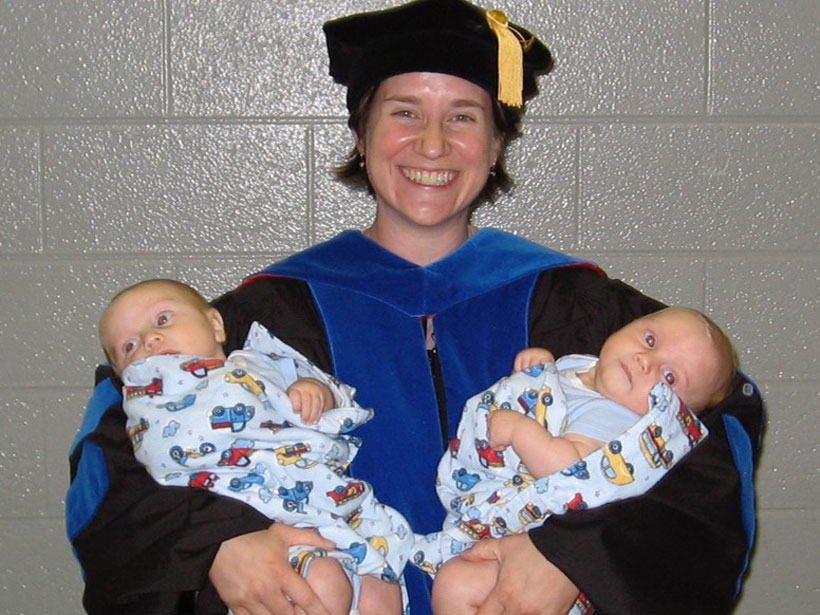Nontraditional sources of data could assist in charting the U.N. Sustainable Development Goals, helping design appropriate policies and investments to improve the state of the environment.
2021 CC BY-NC-ND
Meet Jane, the Zircon Grain—Geochronology’s New Mascot
In a children’s book written by geochronologist Matthew Fox, he condenses 400 million years of history into 34 playfully poetic pages as he follows the travels of a single grain of sand.
Not So Hot Under the Collar
Thermal properties of Martian soil as measured by the InSight lander.
New View of Expanding Perspectives in the Geosciences
Earth and environmental sciences have some of the least diverse racial and ethnic representation in academia. To face profound future challenges, the fields need to address the inequities of the past and how they inform the present.
Indigenous Peoples Harness Space Technology to Stop Deforestation
Satellite observations have long been used to detect deforestation, and a new study shows that giving Indigenous groups greater access to these data can improve response times and reduce tree cover loss.
Seasonality in Saharan Dust Across the Atlantic Ocean
The first time series of bi-weekly dust concentrations measured in-situ across the remote Atlantic Ocean.
Rebecca Charbonneau: The Future of Scientific History
Historian finds the liberal arts support a deeper study of science.
Navakanesh M Batmanathan: Customizing Hazard Outreach
Geologist contributes to community-focused outreach in Southeast Asia.
Aisha Morris: Opening the Door to Science
Forging a path from rocks and rifts to the National Science Foundation.
Karen Layou: A Wider 2-Year Track
Supporting geoscience education across a spectrum of opportunities.



